For anyone who does not want a long read, what follows is a brief introduction to the individuation process in Jungian Psychology. If you want more, read the full post at the end of this introduction.
 Carl Jung once profoundly stated, individuation is “the realization in all its aspects, of the personality originally hidden away in the embryonic germ-plasm; the production and unfolding of the original, potential wholeness” in the individual. In simpler terms, Jung introduced the concept of individuation as an organic journey, one already destined in our DNA. But it’s not just any journey. It’s a profound, life-altering voyage that each person undergoes, a kind of psycho-spiritual maturation that’s inherent in our very being.
Carl Jung once profoundly stated, individuation is “the realization in all its aspects, of the personality originally hidden away in the embryonic germ-plasm; the production and unfolding of the original, potential wholeness” in the individual. In simpler terms, Jung introduced the concept of individuation as an organic journey, one already destined in our DNA. But it’s not just any journey. It’s a profound, life-altering voyage that each person undergoes, a kind of psycho-spiritual maturation that’s inherent in our very being.
Table of Contents - Jump To Section
Individuation as a Lifelong Journey
 Now, you might be wondering, what’s so special about this ‘journey’? Well, it’s here, in this transformative process, that our dreams begin to hold significant weight. They cease to be mere footnotes of our sleep and instead become vibrant threads in the larger narrative of our life, guiding us toward self-realization.
Now, you might be wondering, what’s so special about this ‘journey’? Well, it’s here, in this transformative process, that our dreams begin to hold significant weight. They cease to be mere footnotes of our sleep and instead become vibrant threads in the larger narrative of our life, guiding us toward self-realization.
But individuation isn’t a solitary process. It doesn’t just concern the ‘self’ in isolation. Imagine it as a single thread that, while unique, is part of a vast, dynamic tapestry woven into the entirety of human experience. Your story, your growth, your very being, is a dialogue with the collective unconscious, contributing to the communal structure and destiny we all share.
Jung’s Unified Vision
Jung was visionary in highlighting this interconnectedness. He didn’t see us as islands but as integral parts of a larger human story. He championed the inward journey, emphasizing that our deepest answers don’t lie ‘out there’ somewhere but within the intricate realms of our psyche. It’s fascinating, isn’t it? Our personal experiences, especially those shadowy, often overlooked dreams and unconscious stirrings, are pivotal. They’re intersections where our individual paths cross and weave with the collective human saga.
So, when we talk about individuation, we’re discussing something monumental. It’s the meeting point of our innermost selves with the shared history of all humanity. It’s where we—through introspection, dream analysis, and facing our own unconscious—begin to understand not just who we are, but how we are intricately connected to others. And in this realization, in this psycho-spiritual unfolding, we don’t just find ourselves; we find each other, in the grand, shared journey of human existence.
Undergoing Individuation
Carl Jung introduced the concept of individuation, describing a process of personal development and self-realization. But in my perspective, this journey goes deeper; it’s a psycho-spiritual maturation inherent in every human being. It’s here, in this realm, that dreams take on profound significance. They aren’t just side notes to our existence but rather, vibrant threads weaving through the intricate web of our shared destiny.
Beyond the Individual: Our Shared Tapestry
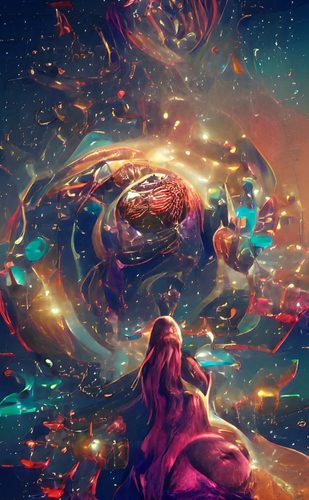 This rich tapestry extends far beyond the individual. It’s dynamically woven into humanity’s very fabric. Each dream isn’t a solitary whisper but a dialogue with our collective soul, contributing to a communal structure and destiny we’re all part of. Jung profoundly highlighted this interconnection between our personal experiences and the broader narrative of human history and psyche.
This rich tapestry extends far beyond the individual. It’s dynamically woven into humanity’s very fabric. Each dream isn’t a solitary whisper but a dialogue with our collective soul, contributing to a communal structure and destiny we’re all part of. Jung profoundly highlighted this interconnection between our personal experiences and the broader narrative of human history and psyche.
But this process of individuation is not just a metaphysical journey. It involves engaging with the self through methods like Active Imagination, facilitating a direct dialogue with the unconscious. It’s here we encounter archetypal figures, from the ‘Shadow’ that harbors our deepest fears and unknown potential, to the ‘Anima’ and ‘Animus,’ representing our inner contrary gender, and ultimately, the ‘Self,’ our central archetype signifying the psyche’s totality.
Jung’s individuation calls for confronting and integrating these elements, a challenging yet transformative process that promotes psychological balance and wholeness. It’s a path that doesn’t just enhance personal understanding but resonates with universal patterns and myths, reflecting and contributing to the collective human experience.
The Inward Journey: Finding Answers Within
He urged us to journey inward, indicating that solutions to our deepest challenges lie not outside, but within ourselves. In this space, our subjective experiences, particularly our dreams and unconscious realms, are far from isolated. They’re pivotal intersections where personal journeys contribute to the collective human saga, a domain where our individual and shared histories blend and inform each other.
By embracing this journey, we not only navigate through our individual psycho-spiritual maturation but also partake in the grander, communal narrative, a testament to our interconnectedness and collective human endeavor.
Individuation in Jungian Psychology: A Deeper Dive
Before I even came across Jung’s map of the psyche, I recognized something profound about my own life experiences, ranging from moments of joy to intense pain. They seemed interlinked, suggesting a deeper significance and purpose beyond the surface. I realized that to move beyond the profoundly challenging situations in my life, acceptance was crucial. This meant I had to move away from inflexible ideas of right and wrong, reinterpreting forgiveness as a kind of release. It’s about releasing the belief that things should have been different, especially given the troubling nature of my early years. This shift in perspective was my only solace, at least until I discovered C.G. Jung’s work.
Embracing Individuation: Discovering Purpose and Wholeness on Life’s Journey
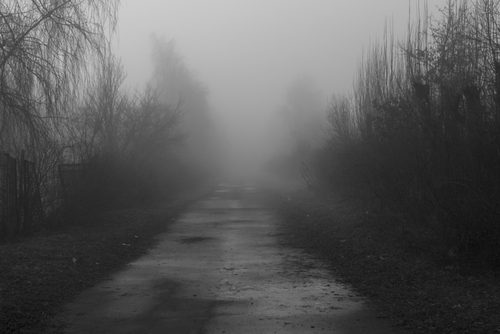 When you begin to perceive your life’s journey through this new lens, there’s a substantial shift in understanding. It’s like becoming conscious of a grand orchestration, a higher level of Consciousness guiding our paths with intent. Many of us, perhaps, have reflected on our past and noticed how each event, choice, or action was a step along a path, revealing its purpose in its own time. This is close to what Jung termed ‘individuation.’ It’s the gradual unfolding and realization of a complete, inherently intact personality that we all potentially possess from the outset.
When you begin to perceive your life’s journey through this new lens, there’s a substantial shift in understanding. It’s like becoming conscious of a grand orchestration, a higher level of Consciousness guiding our paths with intent. Many of us, perhaps, have reflected on our past and noticed how each event, choice, or action was a step along a path, revealing its purpose in its own time. This is close to what Jung termed ‘individuation.’ It’s the gradual unfolding and realization of a complete, inherently intact personality that we all potentially possess from the outset.
We have the option to consciously engage this process of individuation, to enrich our lives, or alternatively, we can obstruct our path with neurotic distractions. The decision is ours to make. It demands that we bravely confront ourselves, particularly at those pivotal psychological moments, striving to understand the interrelation of the different facets of our lives, and our place within the larger whole.
Individuation and Thresholds
 For Jung, the complete personality we seek is the precious treasure hidden within each person’s psyche. He dedicated his life to the idea that we all have this ‘inner gold’ and that recognizing this fact is transformative. This concept often appears in mythology and religious symbolism as a precious object that grants immortality or profound wisdom, altering the seeker’s awareness forever.
For Jung, the complete personality we seek is the precious treasure hidden within each person’s psyche. He dedicated his life to the idea that we all have this ‘inner gold’ and that recognizing this fact is transformative. This concept often appears in mythology and religious symbolism as a precious object that grants immortality or profound wisdom, altering the seeker’s awareness forever.
Historically, the pursuit of such insight was the focus of ancient initiation rites and rituals, a tradition largely lost in the modern era. Yet, the human psyche instinctively pushes us toward similar transformative experiences; we just need to be mindful of these opportunities and prepared to navigate them properly.
This idea is reminiscent of warnings in the I-Ching about the precarious nature of “crossing the Great Waters.” These ‘Great Waters’ symbolize pivotal moments in life, fraught with risk and significant implications. They aren’t to be approached lightly or recklessly, as the consequences are substantial. It’s a call for mindful deliberation during life’s critical junctures.
Exploring Jung’s Archetypes: Unlocking the Universal Symbols That Shape Our Psyche
Understanding those pivotal, transformative moments in our lives means we need to get to grips with what Jung was talking about when he spoke of ‘archetypes.’ Jung’s monumental contribution to how we understand human nature was his discovery of seemingly mystical idea of the collective unconscious. This concept suggests there’s a dynamic layer of the unconscious mind that’s shared by all of us, and this space is inhabited by archetypes—these universal motifs that are embedded in our collective psyche.
Jung was fascinated by the ‘psyche,’ a term derived from the Greek word ‘ψυχή,’ meaning the soul, mind, or spirit that animates us. He saw the psyche as something truly extraordinary, the utmost cosmic wonder, in fact. It’s the foundation of all our understanding of the world; everything we know is rooted in it.
The Self-Luminosity of the Psyche
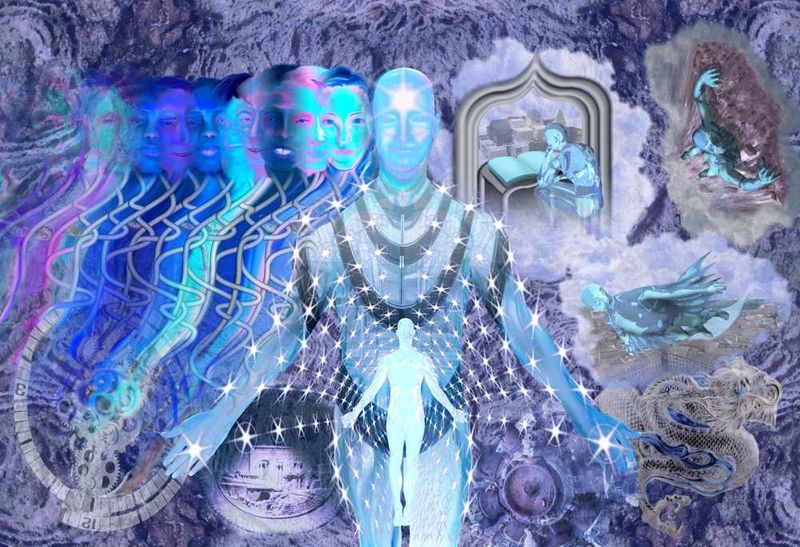 Here’s what’s really remarkable: the psyche illuminates itself. It isn’t just a passive element; it’s active, shaping our entire civilization. Think about everything that defines our human experience—our myths, our dreams, the arts and sciences, our entire cultural history, and all forms of expression.
Here’s what’s really remarkable: the psyche illuminates itself. It isn’t just a passive element; it’s active, shaping our entire civilization. Think about everything that defines our human experience—our myths, our dreams, the arts and sciences, our entire cultural history, and all forms of expression.
These all spring from the psyche. They’re manifestations of those universal patterns and images residing within our collective unconscious.
Individuation
Jung dedicated his life to exploring these depths. He saw the psyche as our spiritual ground, a communal inner landscape that he mapped out meticulously, particularly stemming from his famous ‘Red Book’ experiences. This wasn’t just theory for him; it was a journey he took personally, delving into the human soul’s complexities and bringing them to light.
So, when we talk about those critical turning points in our lives, we’re really tapping into this vast, shared reservoir of human experience that Jung charted so passionately. We’re engaging with a part of ourselves that’s connected to every human being that has ever lived. It’s profound, isn’t it?
Structure and Dynamics of the Psyche
Jung made an interesting comparison between the human psyche and our physical bodies. Just as we all share a common physical structure, though each of us is unique, our psyches also have a universal framework. Consider the structure of our bodies through anatomy and the way our bodies function through physiology.
They work in unison to keep our health in balance. When one part suffers, it’s not just a local problem; the whole system feels it. Jung saw our psychic composition in a similar light, pointing out that it developed alongside our bodily evolution over the ages.
Now, within our psyches, archetypes are the building blocks, akin to our body’s anatomy. The interactions and dynamics among these archetypes? That’s similar to physiology. And here’s an intriguing part: just as our bodies can experience injuries or illnesses that have specific symptoms and treatments, our psyches can also encounter disturbances. These psychic ‘wounds’ often express themselves through universal themes or patterns.
Individuation and Symbolic Cures
Here’s where it gets fascinating. In the realm of the psyche, remedies aren’t physical—they’re symbolic. The ‘doctor’ diagnosing and offering healing to these deep-seated issues is our own unconscious.
We see archetypal patterns in our psychological disruptions. These patterns emerge in stories, fairy tales, and our dreams. They reveal insights into our unconscious mind. This understanding shows how the unconscious proposes healing. It communicates not through direct advice but through symbols, guiding the soul toward recovery.
Individuation and True Healing
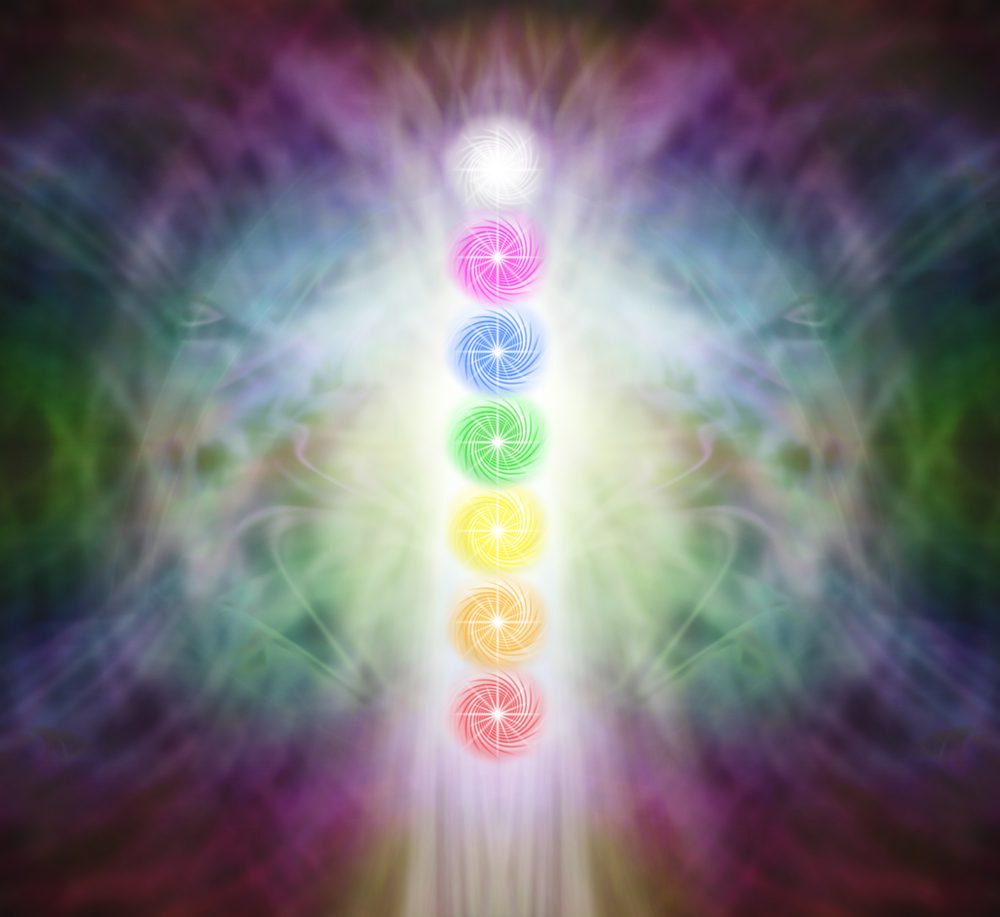 This kind of healing differs significantly from what you might experience in typical therapy sessions, like those using cognitive or dialectical behavioral strategies. Those approaches might manage symptoms, yes, but Jung believed they don’t truly heal the soul. Real healing is transformative, mirroring the mythical journey of death and rebirth, reminiscent of ancient initiatory rites. It’s not about a quick fix but a profound internal shift, going beyond just rehashing negative thoughts into positive ones. This process touches a deeper part of our being, offering a kind of renewal that’s been part of human experience since time immemorial.
This kind of healing differs significantly from what you might experience in typical therapy sessions, like those using cognitive or dialectical behavioral strategies. Those approaches might manage symptoms, yes, but Jung believed they don’t truly heal the soul. Real healing is transformative, mirroring the mythical journey of death and rebirth, reminiscent of ancient initiatory rites. It’s not about a quick fix but a profound internal shift, going beyond just rehashing negative thoughts into positive ones. This process touches a deeper part of our being, offering a kind of renewal that’s been part of human experience since time immemorial.
Jung once shared some insightful thoughts during a discussion with Stephen Black, making a compelling point about his approach to understanding and healing psychic pain. He didn’t see it as a clinical method or a quick-fix strategy that you might associate with modern therapy techniques. Instead, he likened it to what he called ‘antique philosophy.’ Now, that term might sound a bit lofty, but it’s genuinely grounded in experience.
The Perennial Philosophy of the Unconscious
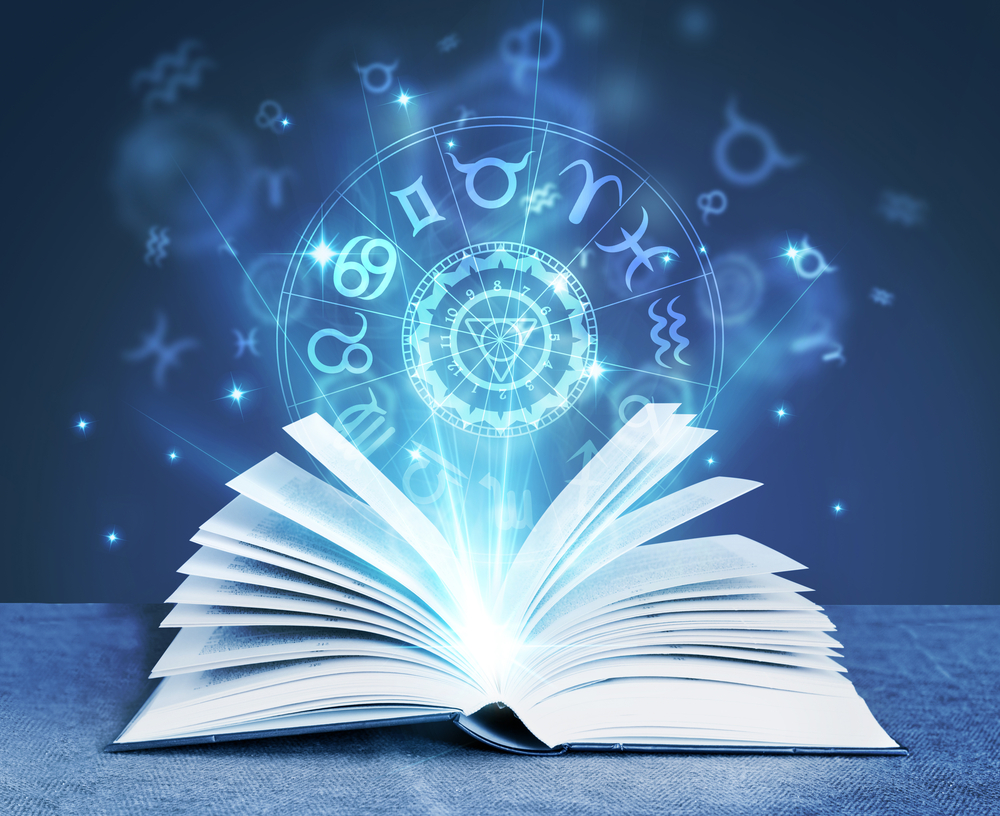 What Jung was getting at is this idea of learning through direct, often profound, personal experiences. And he wasn’t talking about gentle, gradual awareness. Sometimes, this kind of learning hits you like a bolt of lightning—startling, unexpected, and deeply illuminating. This ‘antique philosophy’ isn’t about bookish knowledge. It’s about connecting with a kind of timeless wisdom, the sort that has been part of humanity’s spiritual and cultural heritage for ages.
What Jung was getting at is this idea of learning through direct, often profound, personal experiences. And he wasn’t talking about gentle, gradual awareness. Sometimes, this kind of learning hits you like a bolt of lightning—startling, unexpected, and deeply illuminating. This ‘antique philosophy’ isn’t about bookish knowledge. It’s about connecting with a kind of timeless wisdom, the sort that has been part of humanity’s spiritual and cultural heritage for ages.
This wisdom bubbles up in our dreams, those stories we tell that seem to come from somewhere deep and universal. It’s there in myths and fairy tales, those narratives that have resonated across generations, cultures, and epochs. These aren’t just idle tales or random night thoughts but are brimming with insights and lessons that have been with us since ancient times.
So, circling back to the healing process, Jung emphasized the transformative power of engaging with these dreams and tales. It’s a religiously healing journey—not in the traditional sense of following a specific doctrine or faith, but in reconnecting with the broader, deeper aspects of human experience and wisdom. By exploring dreams and fairy tales, we aren’t just analyzing; we’re participating in a venerable, holistic form of healing that weaves through the fabric of our psyche. It’s about reaching into a well of knowledge that humanity has drawn from throughout its history, finding healing and understanding that’s as old as consciousness itself.
Individuation in Jungian Psychology: Myth, Fairytales, and Dreams
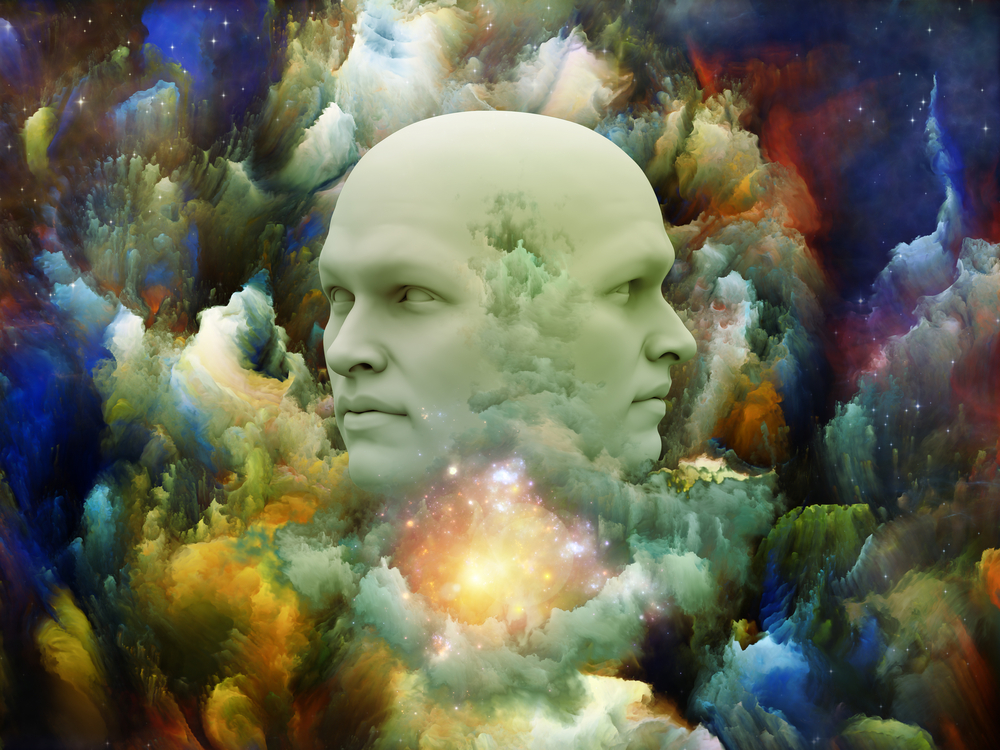 So, when we talk about fairy tales, myths, and dreams, we’re really tapping into something monumental, according to Jung. These narratives don’t just pop out of nowhere. They spring from what could be envisioned as the very foundation of existence, a sort of universal source that underpins everything we know and are.
So, when we talk about fairy tales, myths, and dreams, we’re really tapping into something monumental, according to Jung. These narratives don’t just pop out of nowhere. They spring from what could be envisioned as the very foundation of existence, a sort of universal source that underpins everything we know and are.
Jung referred to this profound origin as the ‘psyche,’ but it’s more than just the mind as we typically think of it. It’s an all-encompassing ground of being that’s both within us and beyond us—something that connects each person to something far grander and more universal.
Now, in ancient times, there were these rites and rituals, and they weren’t just formalities. They were transformative experiences designed to guide someone spiritually prepared through these incredible, mystical transitions, bridging the everyday world we all know and the sacred essence that lies beneath our ordinary experiences. It’s about those profound moments that shift our understanding of ourselves and the universe, revealing that spark of the divine that’s actually within each of us.
Attaining the Unattainable Treasure
Alright, diving deeper into this concept, let’s talk about encountering something genuinely divine within ourselves. You’ve probably come across this theme in various myths or fairy tales—the idea of a ‘hard-to-find’ treasure. It’s not about stumbling upon a chest of gold; it’s a metaphor for a profound internal realization. In the realm of psychology, especially the way Jung sees it, finding this treasure equates to experiencing something absolutely awe-inspiring within the layers of our psyche. It’s not just a ‘Eureka’ moment; it’s coming face-to-face with a part of ourselves that’s both tremendously powerful and deeply spiritual.
Here’s where it gets even more interesting. Rudolf Otto coined this perfect term to describe such encounters: ‘numinosity.’ It comes from the Latin word ‘numen,’ and it’s all about feeling a grand sense of spirituality or divinity. Imagine the kind of emotions that flood in when you’re in the presence of something utterly mysterious, so profound that it feels religious. But hang on, ‘religious’ here doesn’t imply following a specific set of rituals or beliefs dictated by a particular faith.
Individuation and Finding Your Religion
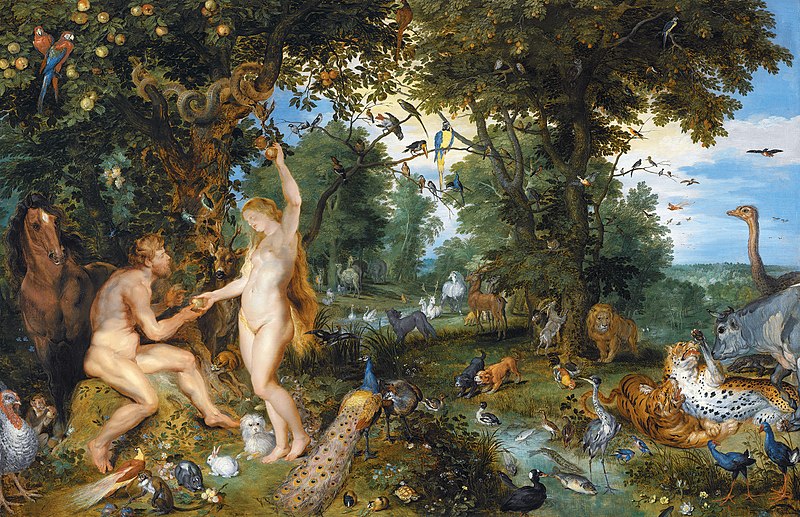 The real essence of ‘religious’ in this context traces back to its root word, ‘religio,’ which is more about reconnecting or linking back to something. It’s like revisiting a part of our inner selves that we’ve lost touch with—a part that’s incredibly rich, soulful, and capable of inspiring awe and wonder, buried deep within us.
The real essence of ‘religious’ in this context traces back to its root word, ‘religio,’ which is more about reconnecting or linking back to something. It’s like revisiting a part of our inner selves that we’ve lost touch with—a part that’s incredibly rich, soulful, and capable of inspiring awe and wonder, buried deep within us.
This connection is far from superficial. It’s not about external show and tell; it’s a profound ‘linking back,’ a journey inward to discover awe-inspiring aspects of our being. This exploration, this amplification of symbols from our dreams and narratives, is like a conversation with that deeper self, unearthing truths and experiences that traditional, everyday consciousness might overlook. It’s a gateway to the spiritual, using the psyche as a mystical landscape where we can stumble upon these ‘treasures,’ these extraordinary revelations of our inner numinous universe.
Healing Shifts of Consciousness
This process wasn’t just about changing someone’s mind or beliefs. It was a seismic shift in the person’s very state of being. Imagine emerging on the other side of that kind of spiritual journey. You’re not just ‘you’ anymore. You’ve glimpsed the inner workings of existence, touched a kind of universal wisdom, and you’re fundamentally transformed by it. That’s the kind of deep, existential change these ancient initiations were aiming for.
So, these stories and dreams we have, they’re not just casual things. They’re echoes of these transformative passages and are woven from the same fabric that has been part of human spiritual evolution for eons. They offer paths to understanding and experiencing these profound shifts, even today, guiding us toward that same extraordinary, life-altering understanding. Each narrative, each personal dream, is like a thread that connects us back to the transcendent and immanent reality Jung was so passionate about exploring.
Individuation and the Collective: Uniting Personal and Universal Journeys
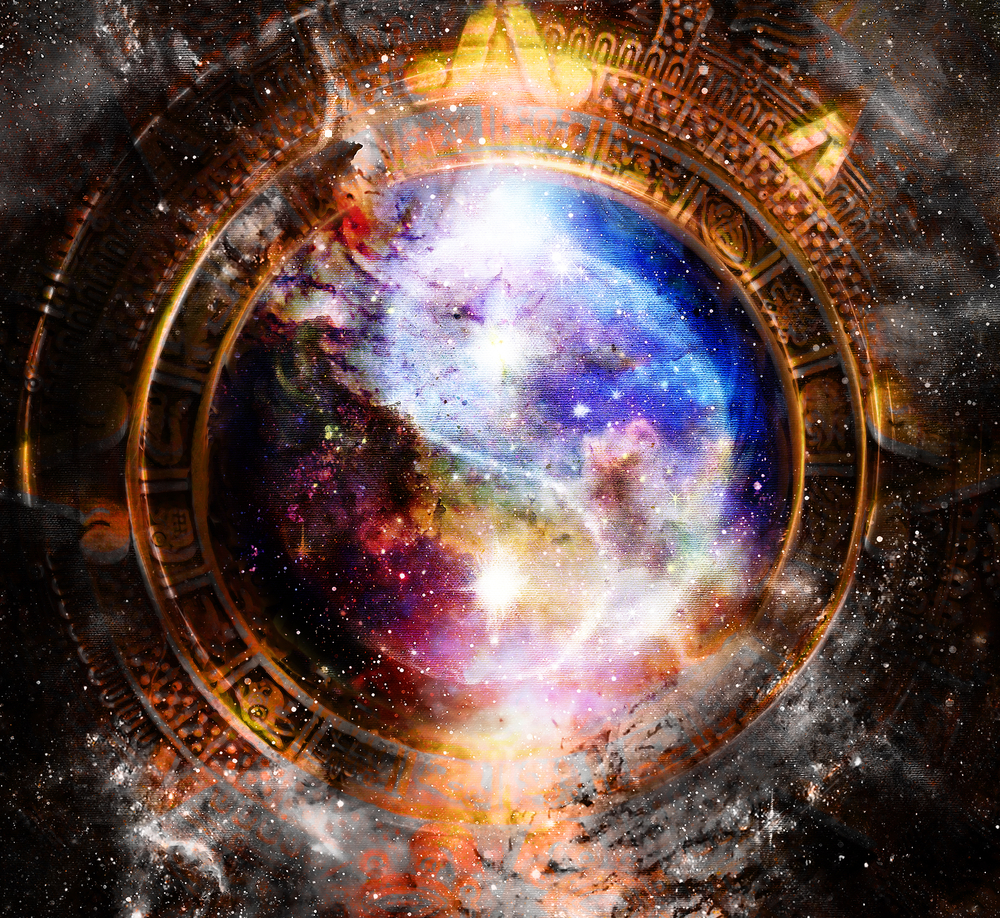 In essence, Carl Jung’s concepts of the collective unconscious and individuation invite us to envision our journey not just as personal development but as part of a grander psycho-spiritual narrative. By engaging deeply with our inner selves, through dreams, reflections, and active imagination, we connect with archetypes, universal energies that shape human experience.
In essence, Carl Jung’s concepts of the collective unconscious and individuation invite us to envision our journey not just as personal development but as part of a grander psycho-spiritual narrative. By engaging deeply with our inner selves, through dreams, reflections, and active imagination, we connect with archetypes, universal energies that shape human experience.
Individuation is not merely self-discovery, but a transformative process of realizing one’s unique potential while contributing to an overarching, shared human story. This journey underscores the notion that we are simultaneously unique and inextricably linked to the collective, participating in a continuous dance of co-creation within the tapestry of human destiny.

